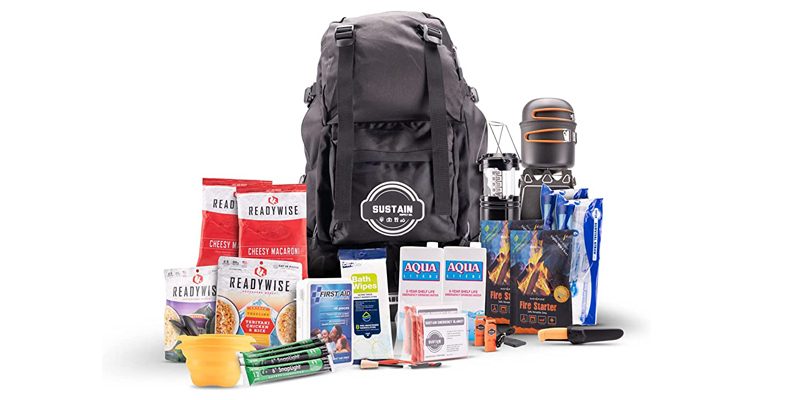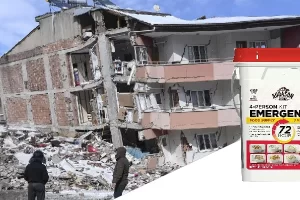Having an emergency preparedness kit in your home is essential to ensure you are adequately equipped to handle various emergencies. Here are some key items to include in your emergency preparedness kit:
Water
Store at least one gallon of water per person per day for at least three days. This includes water for drinking, cooking, and hygiene purposes.
Non-perishable Food
Include a supply of non-perishable food items that can sustain your household for at least three days. Choose items that do not require refrigeration, such as canned goods, energy bars, dried fruits, and nuts.
Manual Can Opener
Ensure you have a manual can opener available to open canned food items.
First Aid Kit
Assemble a comprehensive first aid kit that includes bandages, adhesive tape, antiseptic wipes, pain relievers, sterile gloves, scissors, tweezers, and any necessary prescription medications.
Flashlights and Batteries
Include a flashlight or multiple flashlights with extra batteries. Opt for LED flashlights, as they are energy-efficient and have longer battery life.
Battery-Powered or Hand-Cranked Radio
A battery-powered or hand-cranked radio will keep you informed of emergency updates and news. Make sure to include extra batteries or ensure your radio is hand-crank operated.
Cell Phone with Chargers
Keep a fully charged cell phone and a backup charger or external battery pack in your emergency kit. Consider having a solar-powered charger as well.
Personal Documents
Keep important documents in a waterproof container or bag. Include copies of identification documents, insurance policies, emergency contacts, and any relevant medical information.
Cash
Have a supply of small bills and coins in case ATMs or card payment systems are inaccessible during an emergency.
Emergency Blankets
Include emergency blankets or thermal blankets to provide warmth in case of power outages or extreme weather conditions.
Personal Hygiene Items
Pack essential personal hygiene items such as toilet paper, wet wipes, hand sanitizer, toothbrushes, toothpaste, and feminine hygiene products.
Extra Clothing and Blankets
Include a change of clothes and extra blankets suitable for the climate in your area.
Tools and Multi-Purpose Items
Include a Swiss army knife or multi-tool, duct tape, rope, and a wrench or pliers for basic repairs or emergency situations.
Whistle
A whistle can be used to signal for help in case of being trapped or unable to communicate verbally.
Local Maps
Keep a map of your local area in case you need to navigate alternate routes or evacuation routes.
Emergency Contact List
Write down important phone numbers and contacts for emergency services, family members, friends, and neighbors.
Extra Prescription Medications
If you or any family members require prescription medications, keep a sufficient supply on hand in your emergency kit.
Extra Pet Supplies
If you have pets, include extra food, water, medication, and other necessary supplies for their care.
Entertainment Items
Include some books, playing cards, puzzles, or other items to keep you occupied during extended periods without power or during evacuation.
Important Personal Items
Consider including sentimental or irreplaceable items such as family photos or small mementos that hold emotional value.



